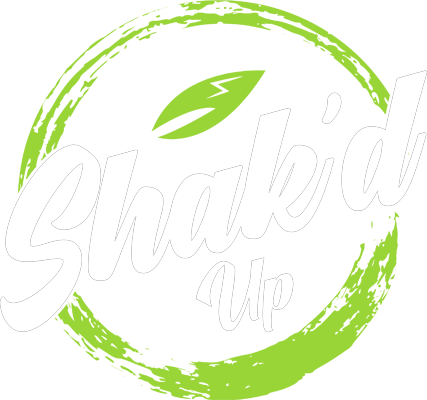There’s a growing shift toward plant-based protein, but it’s often met with doubt. Is it complete? Does it digest well? Can it match animal protein in performance? These are valid concerns. But science and formulation have evolved. This article explains why plant-based protein is not only sufficient but often superior for daily use.
- Amino Acid Profile The main argument against plant protein is that it’s incomplete. That’s true for single sources like rice or pea on their own. But when combined correctly, they create a complete profile with all nine essential amino acids. Blends using pea and brown rice, for example, are now proven to match the muscle protein synthesis levels of whey.
- Digestibility Some assume that plant proteins are harder to digest. This depends on processing. Low-heat treated, sprouted proteins with added enzymes break down easily. They are often gentler on the gut than whey or casein, which may cause bloating for people with lactose sensitivity.
- Inflammation and Recovery Plant-based proteins contain natural anti-inflammatory compounds. Ingredients like açaí, chia, or turmeric used in clean blends help reduce systemic inflammation. This makes them suitable for long-term recovery, especially for active individuals managing inflammation from training or chronic stress.
- Sustainability and Sourcing Animal protein requires more water, land, and energy to produce. Plant proteins have a lighter environmental impact and a more transparent supply chain. If you care about ingredient sourcing and ethical production, plant-based options hold a clear advantage.
- Use in Daily Nutrition Plant protein isn’t just for shakes. It mixes into smoothies, oats, and even cooked recipes without separating or tasting artificial. It offers flexibility for people who want to supplement their meals without changing their whole diet.
Outro – Concluding Words
Plant-based protein is more than a trend. It’s a reliable, sustainable, and science-supported tool for recovery, nutrition, and performance. With smart formulation and clean sourcing, plant protein does more than fill a gap. It stands on its own.



